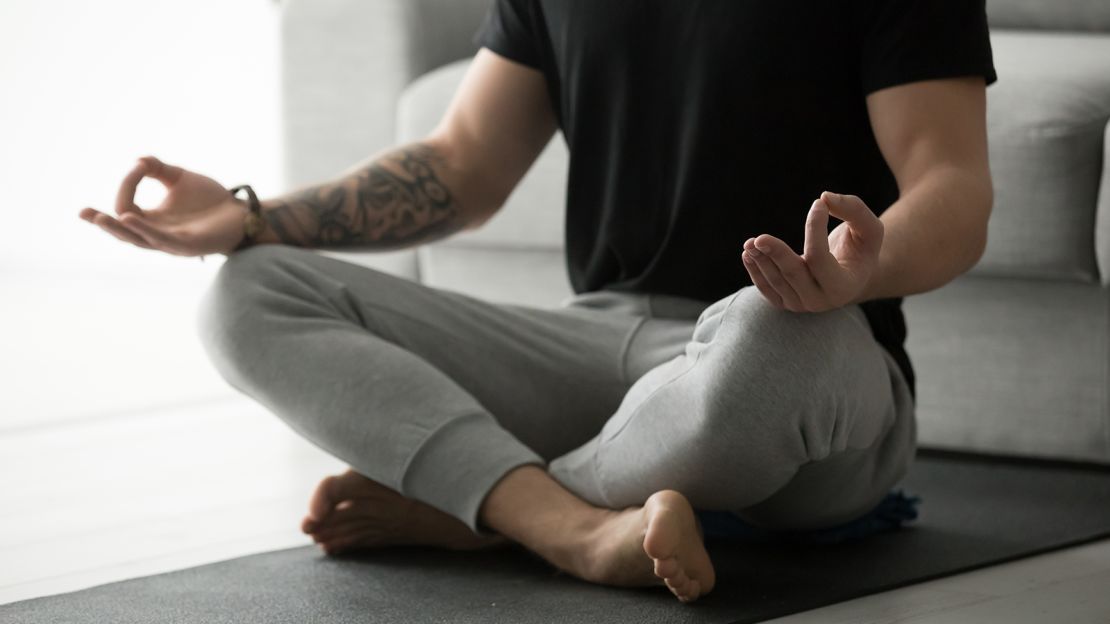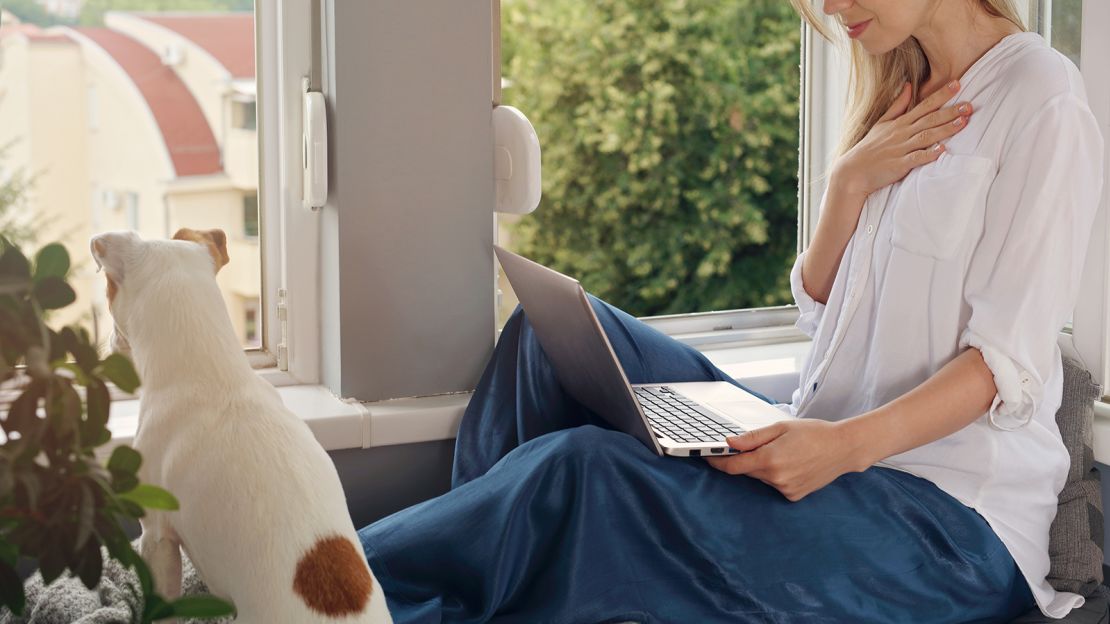Editor’s Note: Psychologist John Duffy, author of “Parenting the New Teen in the Age of Anxiety,” practices in Chicago. He specializes in work with teens, parents, couples and families.
I spent the week of March 9, 2020, in the office, sitting across from my patients, one after another, in my office.
We talked about relationship issues, depression and anxiety, and the other stressors of everyday life. No distance, no masks.
There was this vague idea of an impending pandemic. But we felt if anything came of this threat, it would likely inconvenience our lives for a week or two, then slip into soon-to-be-forgotten history.
In fact, the novel coronavirus barely came up in my sessions that week.
That was in the time I call the Before Times. The following weeks were disorienting and frightening, unlike most of us had experienced in our lifetime. In one Zoom session the following week – the first week I had ever heard of Zoom, downloading it for my work – I likened the quarantine to 9/11 in speaking to one of my teenage clients. She quickly pointed out a most important difference.
In 2001, we were reacting. By the end of that scary day, the damage was done. In March 2020, as she put it, “This is the first scene of the scariest movie. We know there’s a monster under the bed that’s going to kill people and wreak havoc. We just don’t know how bad it’s going to get.”
During the first couple of months of the crisis, we were collectively on high alert. Therapy sessions instantly became discussions around managing the fear and anxiety of pandemic life, for my clients and their families – and me, too. With all of the sudden changes, including remote classrooms, the establishment of work-from-home protocols and creation of new social norms, we were all out of our element, out of our usual context and out of sorts.
We’ve lost so much in this year of devastation, so many of the normal markers of life we typically take for granted. We’ve missed graduations, holidays, sports seasons, plays, weddings, funerals, hugging, spontaneity and just connecting face to face with friends and family. Many of us have lost people we love.
Meanwhile, negativity and judgment run high, with most every issue being politicized, down to the wearing of masks. As a result, people feel disconnected and isolated. More of my clients report experiencing a higher sense of self-doubt than ever before. Many of us feel a degree of hopelessness and despair we could not have imagined a year ago.
In this anniversary week, many of us feel we are left with very little of the good elements of our lives.
What an enormous difference a year makes. What’s next?
With vaccines being widely distributed and a new, new normal apparently approaching in fits and starts throughout the next year, what can we do to best manage emotionally and even thrive?
We can do a hard reset
Most of us have experienced some revelations about our lives over the course of the pandemic.
Perhaps we realize we’ve been putting far too many hours in at the office, unnecessarily. For those social distancing at home, maybe we’ve learned that we really benefit from far more time together as a family, and that the emotional bank accounts we share with one another are enjoying larger balances than, perhaps, they ever have before.
Through the forced togetherness, perhaps we’ve unwittingly discovered we need more time alone, reading, listening to music, meditating or just sitting quietly.

I strongly urge you to take stock of the lessons you’ve learned over the course of the pandemic, and implement them, to the extent reasonable, in your new normal life.
Going from inertia to movement
We all know movement is a critical component to our physical well-being, but it bolsters our emotional health as well.
As the pandemic approaches Year Two, many of us have become increasingly inert, allowing our anxious energy to sit in our bodies. It is crucial to get moving, whether you walk, run, lift or ride that exercise bike collecting dust in the basement.

You don’t need to be an Olympian, but you will benefit from movement every day. Talk a walk around the block. Then two. Make that a promise to yourself.
Find meaning and take action
Many of my clients tell me they have hit not just a pandemic wall of fatigue and anxiety, but an existential crisis regarding the meaning of their lives. The opportunity here is to learn from what you’ve been drawn to over the course of the past year, and what you have missed. Take inventory of these guideposts to help drive your decision-making in the coming year. And once you’ve taken that look inside, make a plan and take action.
I have a client who is changing careers from banking to counseling, deciding she would like her life’s work to involve helping others. Another client realized she has always regretted that she never learned an instrument. She is taking violin lessons, virtually for now, and really enjoying and finding meaning in the process. And finally, I’m working with a couple who was on the verge of divorce a year ago. They have decided to reinvest in their relationship and are trying diligently to make it work.
READ MORE: People of color create their own mental health services online
Get help
We have witnessed a movement to remove the stigma from mental illness over the past several years.

Celebrities have come forward declaring they suffer from depression, anxiety, an eating disorder or some other emotional malady. De facto support groups have been growing on every social media platform. The pandemic has amplified these voices. And most every therapist I know reported full practices over the past year, an indication that more people, of all ages, are open to therapy during a difficult time.
If you’re struggling or have a nagging sense that there is something you’d like to address, I would encourage you to seek therapy, for yourself and possibly your children on a regular basis.
Get CNN Health's weekly newsletter
Sign up here to get The Results Are In with Dr. Sanjay Gupta every Tuesday from the CNN Health team.
Treat mental health like physical health, and work not just to treat emotional illness, but to maintain emotional wellness. I’m hoping that a year from now, we will find that this trend of starting to treat mental health is a change that persists.





